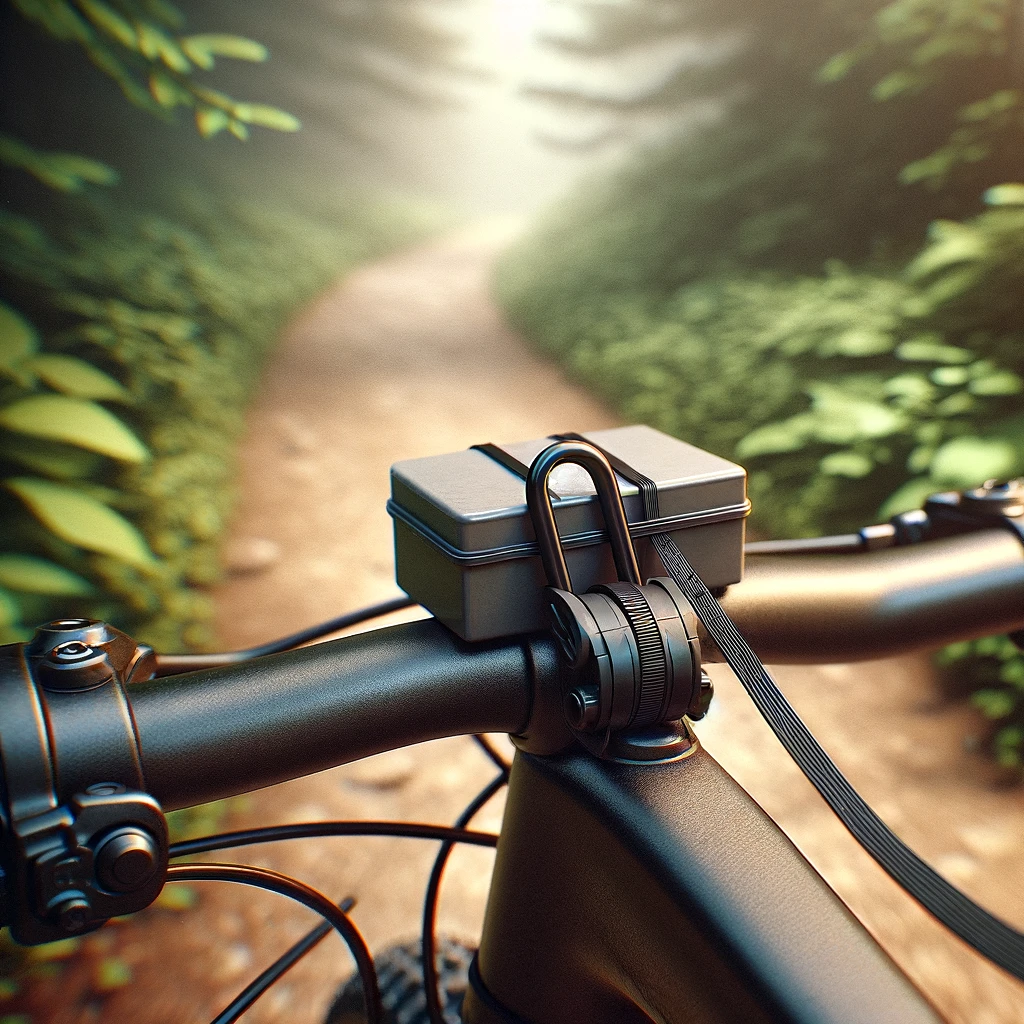Zip ties, those small but mighty tools, have become indispensable in the world of cycling. Whether you're a professional racer or a weekend warrior, understanding how to use zip ties effectively can enhance your cycling experience. They not only secure accessories and gear but also ensure safety and streamline your ride. This blog post explores the versatile uses of zip ties in cycling and provides practical tips for their application.
Cable ties offer a simple yet effective solution for attaching various items to your bike. From securing cables to mounting accessories, these handy tools are essential for cyclists who value efficiency and organization. Let's delve into the specifics of how these ties can be utilized in different cycling scenarios.
Types of Zip Ties Suitable for Cycling

When selecting zip ties for cycling, it's crucial to choose the right type for the job. Standard nylon ties are lightweight and cost-effective, making them ideal for everyday use. However, for more demanding conditions, such as outdoor cycling in various weather, UV-resistant or stainless steel ties are preferable. These are designed to withstand harsh elements without losing their grip.
Cyclists often prefer reusable zip ties for tasks that require frequent adjustments. These ties come with a release mechanism, allowing for easy removal and reapplication. This feature is particularly useful for temporary setups or when fine-tuning the positioning of gear and accessories on your bike.
Securing Bike Accessories with Cable Ties
Zip ties shine when it comes to mounting accessories on your bike. Items such as lights, GPS units, and action cameras can be securely attached using these ties. For instance, a robust cable tie can hold a flashlight on your bike's handlebar, ensuring it stays in place even on rough terrains. This setup not only saves space but also keeps essential tools within easy reach.
Moreover, zip ties are invaluable for organizing cables on your bike. By bundling brake and shifter cables, you prevent them from tangling or catching on external objects. This not only enhances the aesthetic appeal of your bike but also improves its functionality by ensuring smoother operation of controls.
Innovative Uses of Cable Ties in Cycling
Zip ties innovate by providing solutions to common cycling challenges beyond simple securing and mounting. For instance, cyclists can use heavy-duty zip ties to temporarily fix a broken pedal or saddle in emergency situations, enabling safe pedaling to a repair shop. Moreover, cyclists can utilize zip ties to fashion makeshift chain guards or secure loose components, mitigating potential accidents.
Another creative use of zip ties in cycling is for theft prevention. While not a substitute for a lock, threading zip ties through wheel spokes and around the frame can deter quick grab-and-go thefts. This method is particularly useful for cyclists who need to leave their bike unattended for short periods.
What Not to Do
When using zip ties in cycling, there are several important considerations to keep in mind to avoid potential issues:
- Do Not Over-Tighten Ties: Over-tightening ties can damage the bike's cables or housing, potentially affecting the performance of your brakes or shifters. It's essential to ensure that ties are snug but not so tight that they crimp or deform the cable housing.
- Avoid Sharp Ends: After cutting zip ties, the remaining ends can be sharp and pose a risk of scratching the bike, gear, or the rider. Always ensure to cut the ties cleanly and tuck away the ends to prevent injury or damage.
- Do Not Use Zip Ties as a Long-Term Fix: Cable ties offer temporary solutions for gear or accessory failure; they're not permanent fixes. Parts held by zip ties need proper repair.
- Be Mindful of Placement: Incorrect placement of zip ties can lead to interference with the bike's moving parts or the rider's movement. For example, placing zip ties too close to the rear derailleur could cause shifting issues, or if they are in the path of the rider's legs, they could cause scratches or discomfort.
- Do Not Rely on Zip Ties for Theft Prevention: While zip ties may deter thieves slightly, relying on them as the main security measure is unwise. Thieves can easily cut them, necessitating the use of a sturdy lock for bike security.
- Do Not Ignore Aesthetics: Especially when building or servicing bikes for others, the appearance of the zip ties and their application matters. Ensure that the use of zip ties looks neat and professional, as this can impact the overall impression of the bike's quality.
By avoiding these common mistakes, cyclists can ensure that their use of zip ties is both safe and effective.
Conclusion
Zip ties are a cyclist's best friend, offering a multitude of uses that go beyond simple cable management. They help secure accessories, aid in emergency repairs, and can even contribute to theft prevention. With a variety of types available, choosing the right cable tie for your cycling needs can significantly enhance your riding experience.
Explore our website to discover more ingenious ways to use these ties in your everyday cycling adventures.

